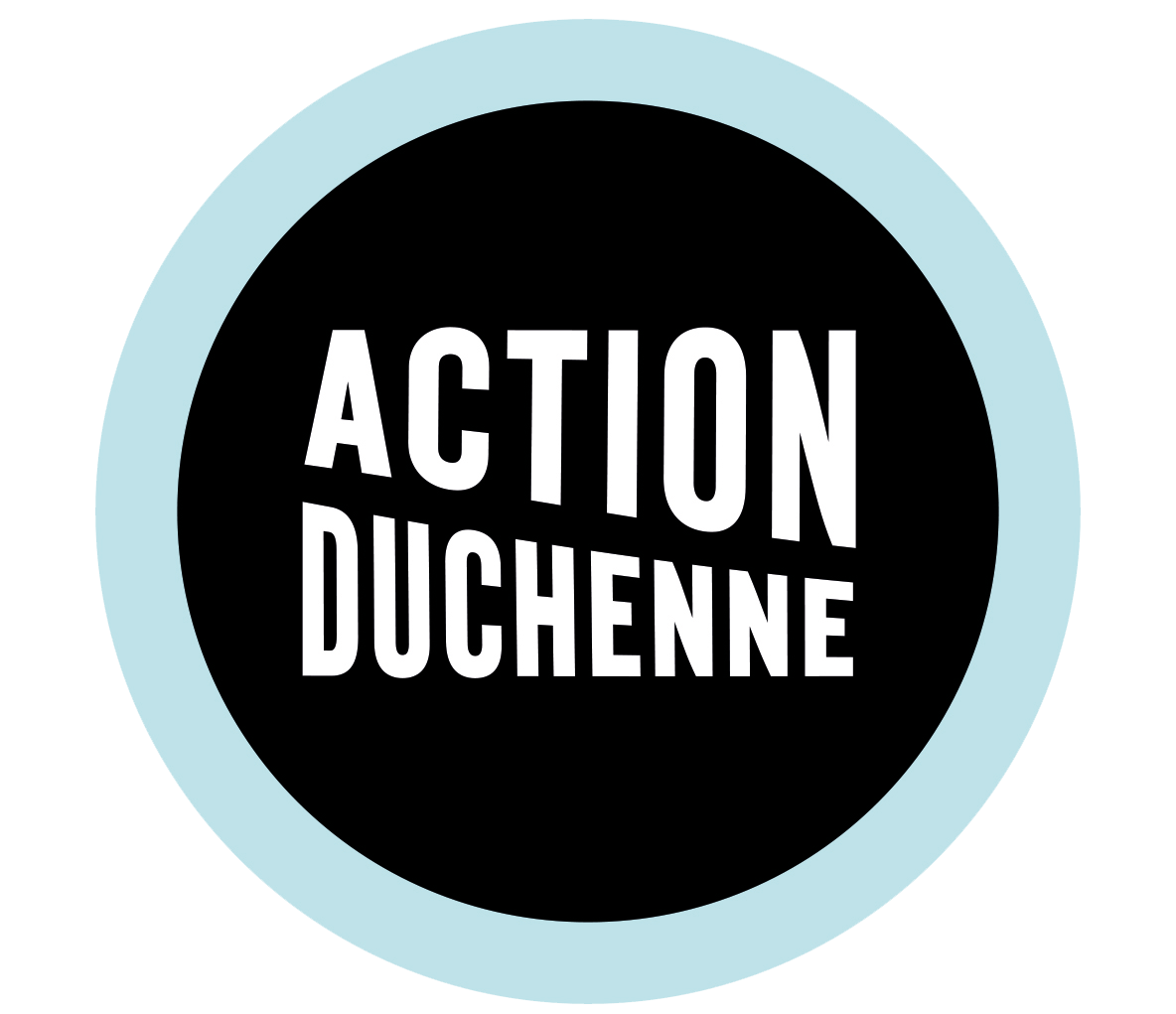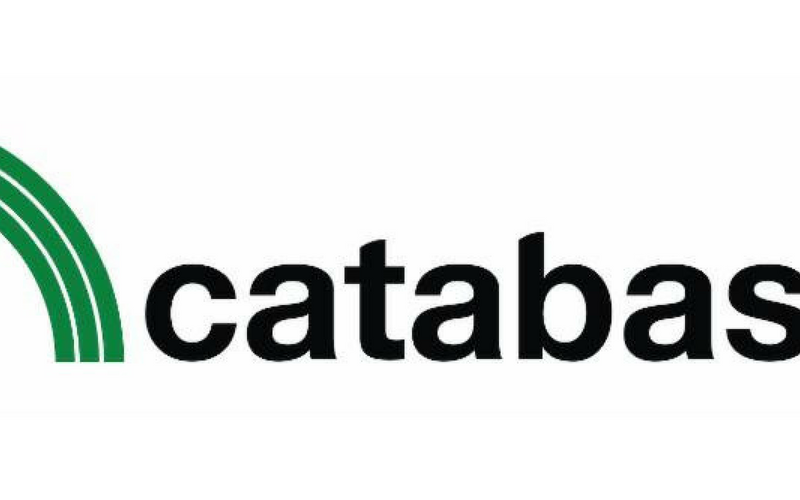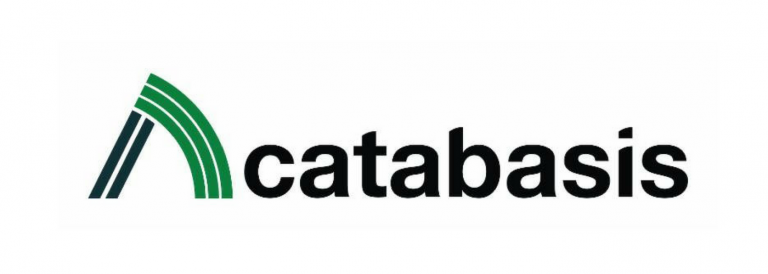— MoveDMD® Trial Data Through One Year of Treatment Reinforce Edasalonexent Potential as Disease-Modifying Therapy for Duchenne Muscular Dystrophy —
— 2018 Priorities Focused on Advancing Edasalonexent and Improving the Lives of Boys Affected by Duchenne Muscular Dystrophy —
Catabasis reported financial results for the first quarter ended March 31, 2018, and reviewed recent business progress.
“We are pleased to see additional positive clinical data from our MoveDMD trial early in 2018 that continue to demonstrate the potential of edasalonexent as a disease-modifying therapy for all patients affected by Duchenne, regardless of mutation. As evidenced by sustained improvements in all assessments of physical function and in biomarkers of muscle health and inflammation, edasalonexent has slowed the progression of Duchenne in the MoveDMD trial,” said Jill C. Milne, Ph.D., Chief Executive Officer of Catabasis. “We believe that these effects ultimately will translate to boys with Duchenne maintaining functional abilities longer.”
Recent and Upcoming Corporate Highlights
- Edasalonexent significantly slowed Duchenne muscular dystrophy (DMD) disease progression as measured by MRI through one year of treatment, as reported at the American Academy of Neurology 70th Annual Meeting in April 2018. Statistically significant improvements in MRI T2 rate of change through 48 weeks of oral 100 mg/kg of edasalonexent treatment compared to control were observed in the MoveDMD trial. The rate of fat fraction accumulation slowed in both the soleus and vastus lateralis through 48 weeks of edasalonexent treatment compared to the off-treatment control period. There was a greater reduction in the rate of fat fraction accumulation in boys on edasalonexent treatment than in a population of boys in a separate ImagingDMD natural history study who were largely on steroids. Edasalonexent continued to be well tolerated with no safety signals observed throughout the trial.
- Height and weight through 60 weeks of edasalonexent treatment was on track with standard growth curves for unaffected boys, as presented at the 2018 Muscular Dystrophy Association (MDA) Clinical Conference in March 2018. This profile is favorably differentiated from the typical profile associated with the corticosteroid standard of care in DMD, which includes weight gain and curtailed growth.
- Heart rate data from boys treated with edasalonexent decreased toward age-normative values through 48 weeks of treatment, as reported at the MDA Clinical Conference in March 2018. In the 4-7 year old age range, boys typically have resting tachycardia, a heart rate that exceeds the normal resting rate, which is the first cardiac manifestation in DMD. Cardiac failure is a leading cause of mortality in DMD.
- Observations from an ImagingDMD natural history study, as presented at the MDA Clinical Conference in March 2018, were generally consistent with the absolute functional abilities as well as declines in abilities experienced by boys in the off-treatment control period of the Catabasis MoveDMD trial. We believe that these data provide important corroboration that the MoveDMD off-treatment control period observations are characteristic of the expected natural history and provide added confidence in the slowing of disease progression treatment effects observed with edasalonexent.
- Preservation of muscle function and substantially slowed DMD disease progression through more than a year of edasalonexent treatment, as reported at the XVI International Conference on Duchenne and Becker Muscular Dystrophy in February 2018. Consistent improvements in all assessments of muscle function (North Star Ambulatory Assessment, time to stand, 4-stair climb and 10-meter walk/run) were observed following 48 and 60 weeks of edasalonexent treatment compared to the rates of change in the off-treatment control period. Statistically significant improvements in multiple non-effort based biomarkers of muscle health and inflammation (muscle enzymes and C-reactive protein) were observed compared to baseline.
- Company resources have been aligned to focus on its lead program edasalonexent for the treatment of DMD. Catabasis is preparing for a global Phase 3 trial to evaluate the safety and efficacy of edasalonexent for registration purposes.
First Quarter 2018 Financial Results
Cash Position: As of March 31, 2018, Catabasis had cash and cash equivalents of $17.0 million, compared to $16.4 million as of December 31, 2017. Based on the Company’s current operating plan, Catabasis believes that it has sufficient cash to fund operations through December 2018. To advance edasalonexent in the Phase 3 trial, Catabasis expects to seek additional funds through equity or debt financings and/or through partnering or licensing transactions. Net cash used in operating activities for the three months ended March 31, 2018 was $6.8 million, compared to $8.1 million for the three months ended March 31, 2017.
R&D Expenses: Research and development expenses were $5.2 million for the three months ended March 31, 2018, compared to $5.4 million for the three months ended March 31, 2017.
G&A Expenses: General and administrative expenses remained consistent at $2.4 million for the three months ended March 31, 2018 and for the three months ended March 31, 2017.
Operating Loss: Loss from operations was $7.6 million for the three months ended March 31, 2018, compared to $7.8 million for the three months ended March 31, 2017.
Net Loss: Net loss was $7.7 million, or $0.29 per share, for the three months ended March 31, 2018, compared to a net loss of $7.9 million, or $0.41 per share, for the three months ended March 31, 2017.



 Wave Life Sciences financial results and update
Wave Life Sciences financial results and update
